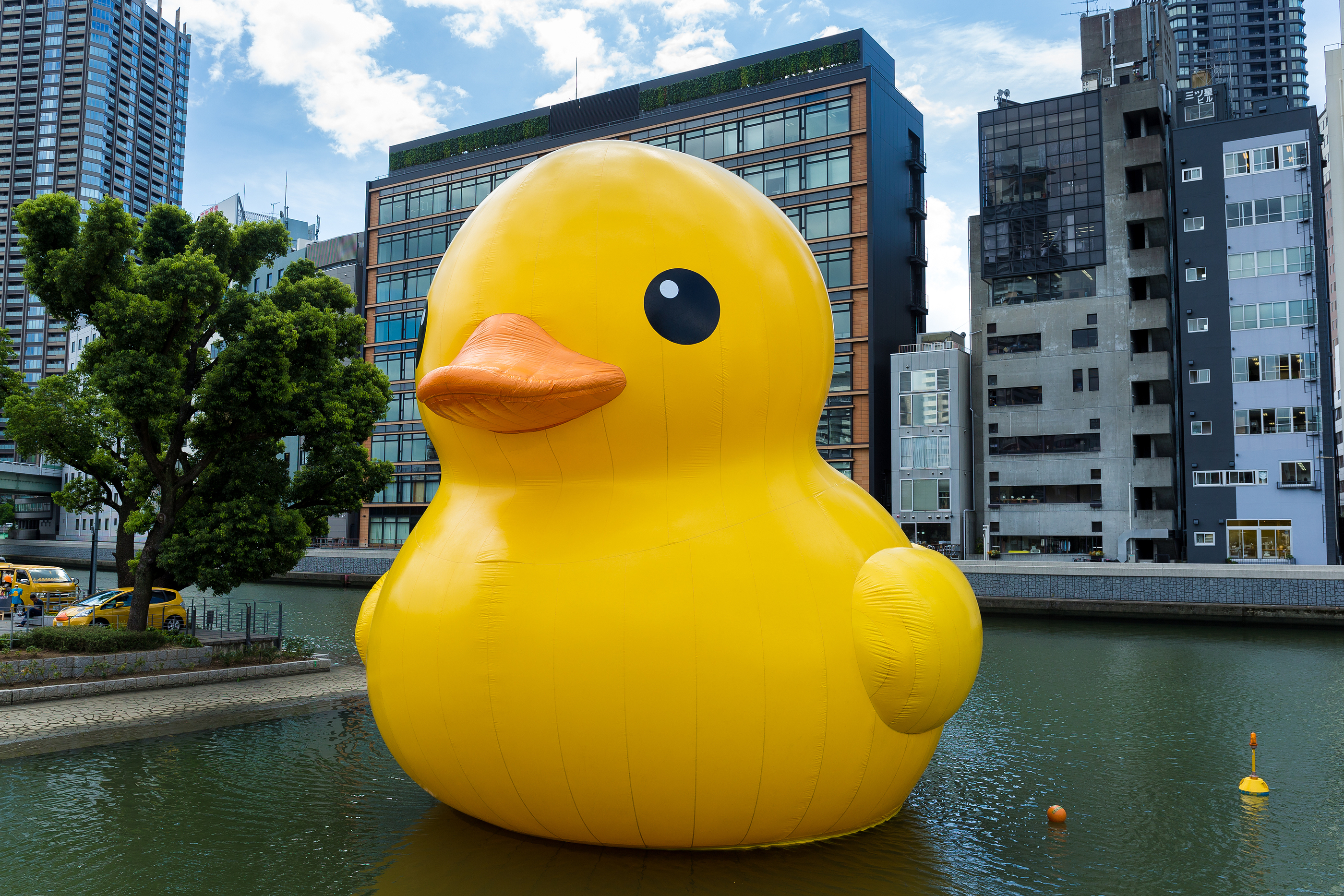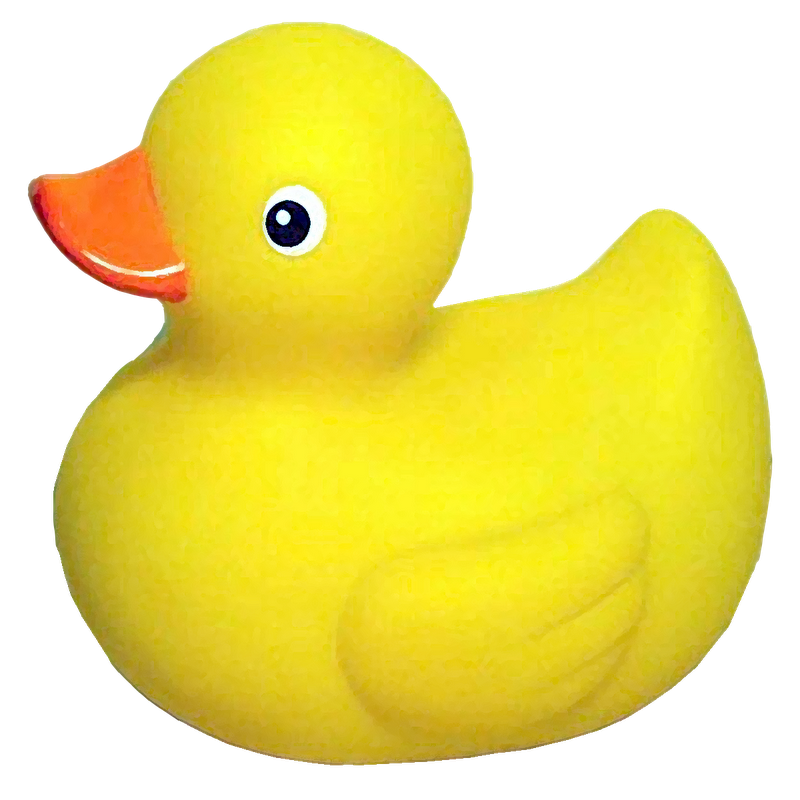
Introduction
A rubber duck, a classic bath time companion, is a toy shaped like a duck and made from rubber or similar materials. It is a common bath toy for children and has been an iconic symbol for many generations. In this article, we will explore the history, uses, and popularity of rubber ducks.
The History of Rubber Ducks

The concept of rubber ducks dates back to the late 19th century. The first rubber ducks were made from solid rubber with no squeaking ability. They were primarily used as chew toys for babies. It wasn't until the mid-20th century that rubber ducks with squeaking abilities were introduced.
In 1949, Peter Ganine, a Russian sculptor, created the iconic yellow rubber duck design that is still popular today. This design featured a hollow interior, allowing the duck to float and squeak when squeezed. Since then, rubber ducks have become a staple in bathtubs around the world.
Uses of Rubber Ducks

Rubber ducks are primarily used as bath toys for children. They provide entertainment and can help make bath time a fun and enjoyable experience. Children often engage in imaginative play with their rubber ducks, creating stories and adventures during bath time.
Additionally, rubber ducks have gained popularity beyond the bathtub. They are often used as decorative items in bathrooms, adding a touch of whimsy and nostalgia. Rubber ducks can also be used as promotional items or collectibles, with various designs and themes available for enthusiasts.
Popularity and Cultural Significance

Rubber ducks have achieved significant popularity and cultural significance over the years. They have been featured in various forms of media, including movies, cartoons, and books. The iconic squeaking sound of a rubber duck is instantly recognizable and often associated with bath time.
Rubber ducks have also become symbols of childhood and nostalgia. Many adults fondly remember playing with rubber ducks during their own bath times as children. This sentimental attachment has contributed to the enduring popularity of rubber ducks.
Caring for Rubber Ducks

To ensure the longevity and cleanliness of your rubber duck, proper care is essential. After each use, squeeze out any excess water and allow the duck to air dry. This helps prevent the growth of mold or mildew inside the toy.
Regularly inspect your rubber duck for any signs of wear or damage. If the toy develops cracks or holes, it is recommended to replace it to prevent water from entering and potentially causing bacteria growth.
Conclusion
Rubber ducks have become an iconic and beloved part of bath time for children and adults alike. Their timeless design, squeaking abilities, and cultural significance make them a cherished toy. Whether used for play, decoration, or collectibles, rubber ducks continue to bring joy to many.